
Crater Lake, Crater Lake National Park and surrounding wetlands and forest habitats.
COA ID: 121
Ecoregions
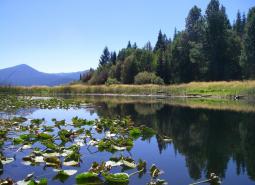
East Cascades
The East Cascade ecoregion extends from the Cascade Mountains’ summit east to the warmer, drier high desert and down the length of the state. This ecoregion varies dramatically from its cool, moist border with the West Cascades ecoregion to its dry eastern border, where it meets sagebrush desert landscapes.
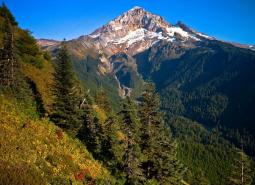
West Cascades
The West Cascades ecoregion extends from east of the Cascade Mountains summit to the foothills of the Willamette, Umpqua, and Rogue Valleys, and spans the entire length of the state of Oregon. It is largely dominated by conifer forests, moving into alpine parklands and dwarf shrubs at higher elevations.
Strategy Habitats
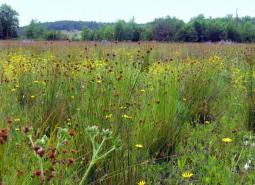
Grasslands
Grasslands include a variety of upland grass-dominated habitats, such as upland prairies, coastal bluffs, and montane grasslands.
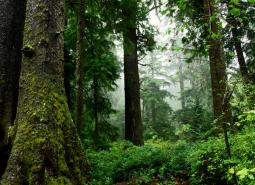
Late Successional Mixed Conifer Forests
Late successional mixed conifer forests provide a multi-layered tree canopy, including large-diameter trees, shade-tolerant tree species in the understory, and a high volume of dead wood, such as snags and logs.
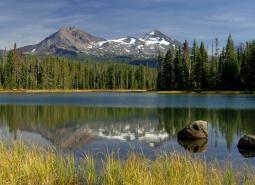
Natural Lakes
Natural lakes are relatively large bodies of freshwater surrounded by land. For the purposes of the Conservation Strategy, natural lakes are defined as standing water bodies larger than 20 acres, including some seasonal lakes.
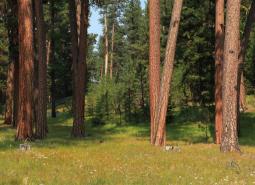
Ponderosa Pine Woodlands
Ponderosa pine woodlands are dominated by ponderosa pine, but may also have lodgepole pine, western juniper, aspen, western larch, grand fir, Douglas-fir, mountain mahogany, incense cedar, sugar pine, or white fir, depending on ecoregion and site conditions. Their understories are variable combinations of shrubs, herbaceous plants, and grasses.
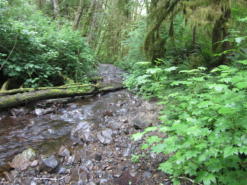
Flowing Water and Riparian Habitats
Flowing Water and Riparian Habitats include all naturally occurring flowing freshwater streams and rivers throughout Oregon as well as the adjacent riparian habitat.
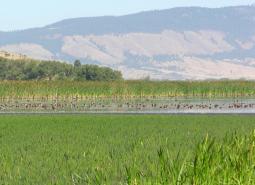
Wetlands
Wetlands are covered with water during all or part of the year. Permanently wet habitats include backwater sloughs, oxbow lakes, and marshes, while seasonally wet habitats include seasonal ponds, vernal pools, and wet prairies.
Strategy Species

Pacific Marten (Observed)
Martes caurina
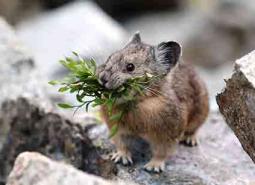
American Pika (Observed)
Ochotona princeps

American Three-toed Woodpecker (Modeled Habitat)
Picoides dorsalis
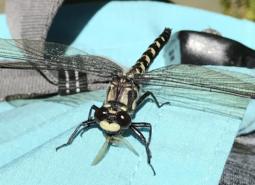
Black Petaltail (Observed)
Tanypteryx hageni

Black-backed Woodpecker (Modeled Habitat)
Picoides arcticus

Bull Trout (Documented)
Salvelinus confluentus
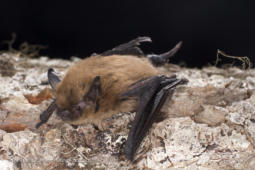
California Myotis (Modeled Habitat)
Myotis californicus

Cascades Frog (Observed)
Rana cascadae
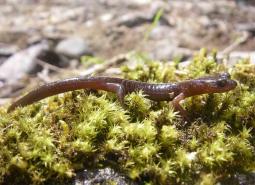
Clouded Salamander (Modeled Habitat)
Aneides ferreus
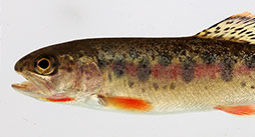
Coastal Cutthroat Trout (Documented)
Oncorhynchus clarki clarki
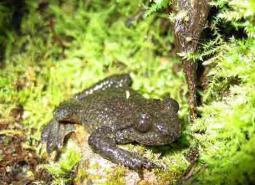
Coastal Tailed Frog (Modeled Habitat)
Ascaphus truei
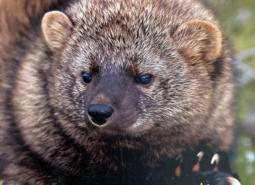
Fisher (Observed)
Pekania pennanti
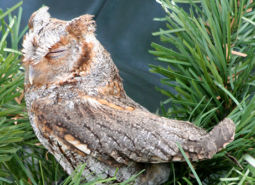
Flammulated Owl (Observed)
Psiloscops flammeolus
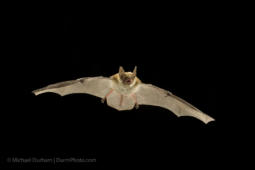
Fringed Myotis (Modeled Habitat)
Myotis thysanodes
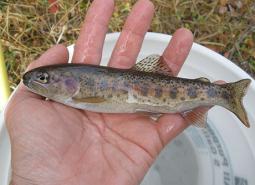
Great Basin Redband Trout (Documented)
Oncorhynchus mykiss newberrii
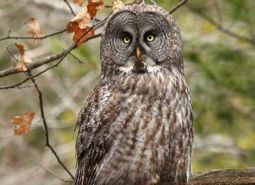
Great Gray Owl (Observed)
Strix nebulosa
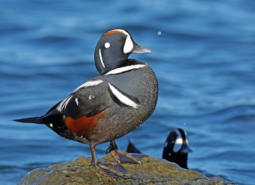
Harlequin Duck (Modeled Habitat)
Histrionicus histrionicus
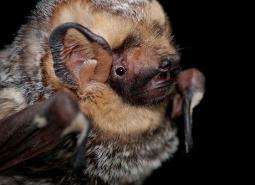
Hoary Bat (Modeled Habitat)
Lasiurus cinereus
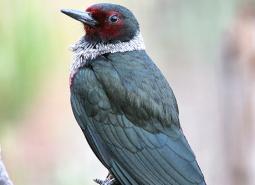
Lewis’s Woodpecker (Observed)
Melanerpes lewis
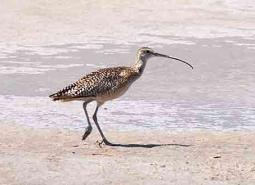
Long-billed Curlew (Modeled Habitat)
Numenius americanus
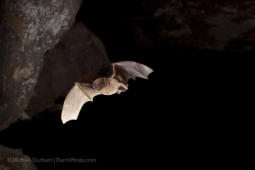
Long-legged Myotis (Observed)
Myotis volans
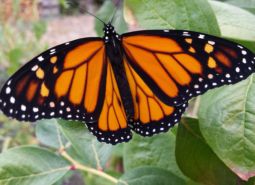
Monarch Butterfly (Observed)
Danaus plexippus
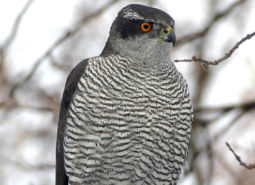
Northern Goshawk (Observed)
Accipiter gentilis atricapillus
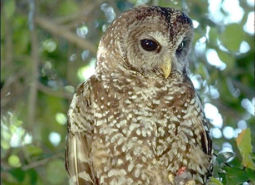
Northern Spotted Owl (Observed)
Strix occidentalis caurina
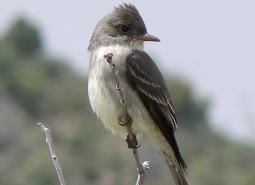
Olive-sided Flycatcher (Observed)
Contopus cooperi
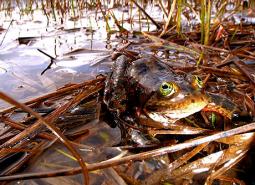
Oregon Spotted Frog (Modeled Habitat)
Rana pretiosa
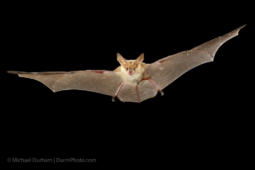
Pallid Bat (Modeled Habitat)
Antrozous pallidus

Red Tree Vole (Modeled Habitat)
Arborimus longicaudus
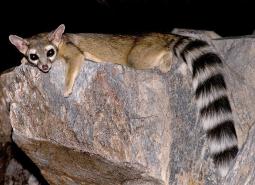
Ringtail (Modeled Habitat)
Bassariscus astutus
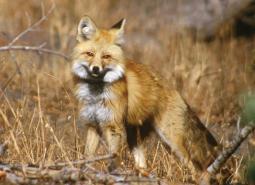
Sierra Nevada Red Fox (Observed)
Vulpes vulpes necator
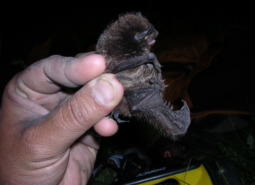
Silver-haired Bat (Observed)
Lasionycteris noctivagans
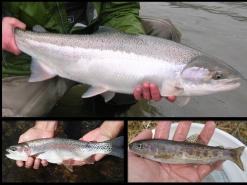
Steelhead / Rainbow / Redband Trout (Documented)
Oncorhynchus mykiss ssp

Northwestern Pond Turtle (Modeled Habitat)
Actinemys marmorata
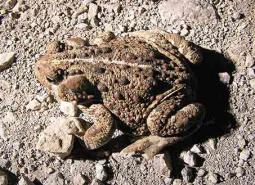
Western Toad (Observed)
Anaxyrus boreas
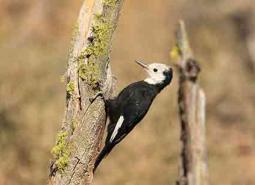
White-headed Woodpecker (Observed)
Picoides albolarvatus
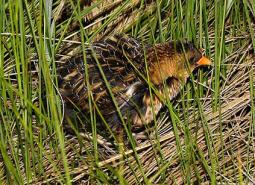
Yellow Rail (Modeled Habitat)
Coturnicops noveboracensis noveboracensis